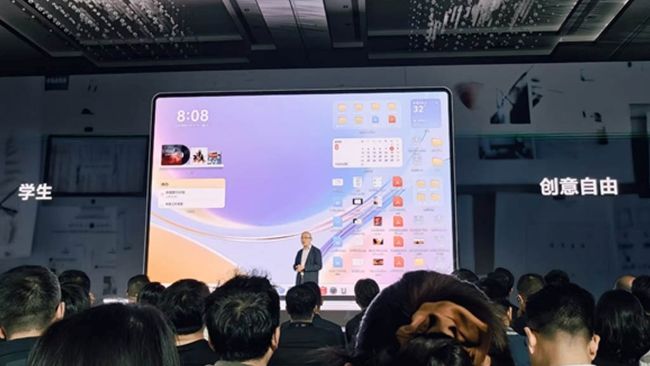Huawei’s HarmonyOS-Powered PCs set to debut May 19, a strategic strike at U.S. Tech Dominance

In a bold and potentially seismic shift in the global tech landscape, Huawei Technologies is set to launch its first personal computers running on its self-developed HarmonyOS on May 19. More than a product rollout, this move to introduce Huawei’s HarmonyOS-Powered PCs is a direct challenge to the long-standing software dominance of Microsoft and Apple, who for decades have shaped the very foundations of personal and enterprise computing.
From Ecosystem to Operating System: Huawei’s Strategic Leap
This milestone represents far more than a new entrant in the PC market. For Huawei—and by extension, China—it is the culmination of a strategic drive toward technological sovereignty in the face of U.S.-led restrictions and a decoupling tech ecosystem. With HarmonyOS PCs, Huawei is not just delivering hardware; it is offering a full-stack computing platform designed to rival the entrenched U.S. tech giants on their home turf.
Developed over five years, Huawei’s HarmonyOS-Powered PCs is now evolving into a multi-device ecosystem that spans smartphones, tablets, smart home appliances—and now PCs. Huawei’s aim is clear: to become a vertically integrated platform provider, not just a hardware vendor.
The new HarmonyOS PCs will ship with key features including:
- A dedicated hardware-level security chip for encryption and biometric authentication
- Deep cross-device synergy with Huawei smartphones and tablets
- Plug-and-play support for over 1,000 hardware peripherals
- Compatibility with more than 300 ecosystem applications and 150+ native PC apps
Rewriting the Rules of OS Sovereignty
The PC operating system market has long been a duopoly. Microsoft Windows dominates global usage, particularly in enterprise and government environments, while Apple’s macOS holds sway among creative professionals and premium users. Huawei’s entrance—especially under the cloud of geopolitical tension—adds a third pole of influence that could resonate deeply across Asia, Africa, and other emerging regions wary of digital dependency on the West.
For countries and institutions that prioritize data localization, cybersecurity, and strategic autonomy, HarmonyOS offers a potentially compelling alternative. It is no coincidence that this launch comes as digital sovereignty becomes a central issue in global technology policy debates.
Early Challenges: Ecosystem, Developers, and Global Mindshare
However, Huawei’s path to becoming a credible global platform provider will not be without major hurdles. HarmonyOS remains a fledgling player in the PC software arena. It currently lacks the depth and breadth of productivity tools, enterprise software, and developer community that Windows and macOS enjoy.
To bridge that gap, Huawei must aggressively incentivize independent software developers, expand its app store, and localize business-ready solutions. Its best shot in the near term may lie in winning over domestic users and Huawei device loyalists, where seamless interoperability could serve as a strong pull factor.
The Bigger Picture: Toward a Multipolar Digital Future
Make no mistake—this is not merely a hardware event. The May 19 launch of HarmonyOS-powered PCs is Huawei’s declaration of intent to redraw the global computing map. If the platform gains traction across China and allied markets, it could eventually follow the same path Android took in mobile—emerging as a regional standard that spreads globally over time.
At stake is not just market share, but control over the digital infrastructure of the future. In a world increasingly shaped by software ecosystems and geopolitical competition, Huawei’s latest move reinforces a powerful trend: the center of gravity in global tech is shifting, and the race for OS sovereignty is now fully underway.











